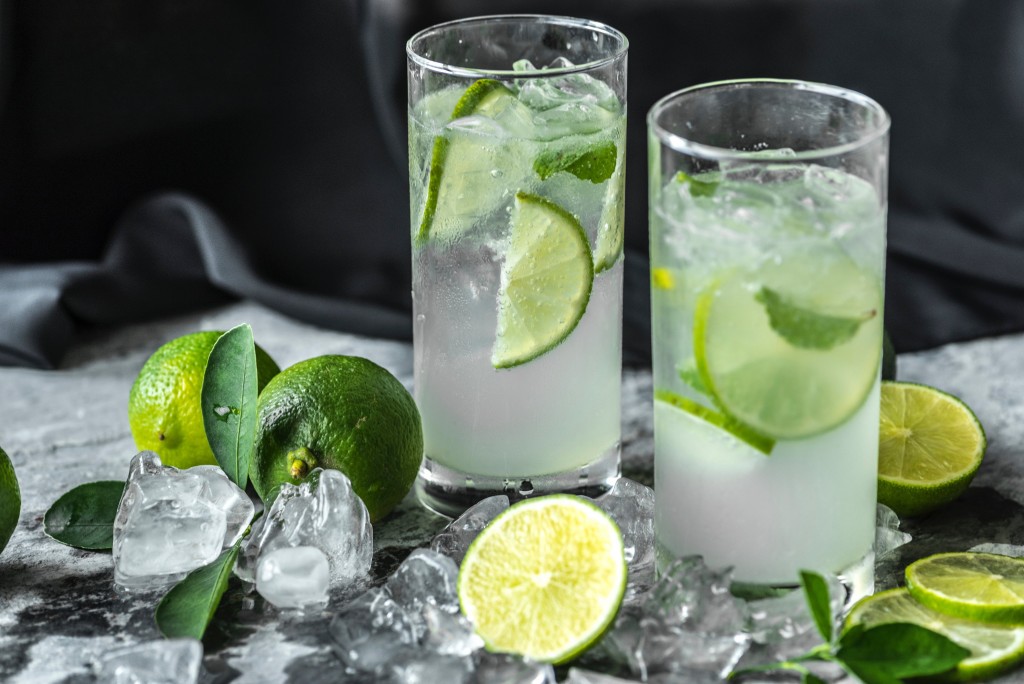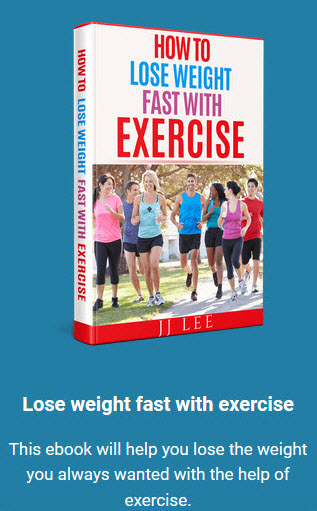Fighting Insomnia With Foods that Help You Relax.
Having trouble sleeping is one of the most frustrating things to deal with, whether you can’t fall asleep or you have difficulty staying asleep. Lack of sleep is not only frustrating because it causes a lot of fatigue and restlessness during the day, but it can affect your physical and mental health.
While there are pills and medications that help in fighting insomnia, you might want to look at the natural remedies first. One great place to start is your diet. Use foods that are relaxants and make you sleep better.
Here are a few examples:
1.- Dark Chocolate
This amazing brown candy is good for more than just a treat, high in antioxidants. It also plays a hefty role in helping you sleep. Studies have shown that people who consume 40 grams of dark chocolate a day for 2 weeks saw a decrease in cortisol, a hormone produced when a person experiences stress. This could be possible due to its magnesium content which aids in regulating stress, muscle spasms, and anxiety.
TIP: Try eating it as a dessert with your favorite berries for a healthy snack option, eat it alone, or make some dark hot chocolate on cold nights.
2.- Chamomile Tea
This tea calms and has mild sedative effects because of the flavonoid apigenin it contains. It binds to benzodiazepine receptors located in the brain. Additionally there are a variety of caffeine free teas and sleeping aid teas such as Valerian available on the market. Another great tool for fighting insomnia.
TIP: You can use honey, lemon or mint to give your tea a different flavor.
3.- Cheese
Milk makes you sleep, science has revealed that all dairy products contain tryptophan. Cheese is also an excellent source of calcium which regulates muscle movement.
TIP: Eat cheese with low-calorie crackers for a light snack about an hour before bedtime.
4.- Walnuts
Walnuts contain an amino acid called tryptophan. Tryptophan is responsible for the production for serotonin and melatonin, which are key components of controlling sleep cycles. Interestingly, walnuts contain melatonin on their own. Most diets, low calorie, low carb, Keto, and Paleo use walnuts. If you are looking into fighting insomnia in a simple way, eat walnuts.
TIP: Add a handful of walnuts to a half cup of Greek yogurt for a great snack or enjoy them with some of your cheese to help you sleep even better.
5.- Lettuce
Lettuce is great with almost every food and it turns out that it can fill a number of dietary needs for trace minerals, the real secret of lettuce however, is lactucin. Lactucin aka “Lettuce Opium,” has mild sedative effects.
TIP: Top some chips with thinly sliced lettuce and grated cheese for some easy bedtime nachos!
6.- Almonds
Almonds are a great low calorie snack that are high in fiber. They are also extremely high in magnesium, which is needed for a variety of body functions. They are also associated with headache relief, which can be a great aid to relaxation and sleep.
TIP: You can get whole or sliced almonds to add to some yogurt. You can even add walnuts to add more texture.
7.- Turkey
This is probably the most famous example of food containing tryptophan. Turkey is famous for its sleep inducing effect, commonly and somewhat endearingly referred to as a food coma.
Eat it fried, baked, broiled and barbequed. It is also a cost-effective meat substitute.
TIP: You can use leftover turkey in a variety of ways. Keep some sliced in sealed bags for easy use in sandwiches and other delicious dishes.
8.- Banana
It’s a little known fact that bananas also contain tryptophan. This elongated, fleshy fruit can be prepared in a variety of ways and contains enough tryptophan to help give you a noticeable and natural feeling of calmness.
TIP: Use a blender to whip a banana, milk and two teaspoons of honey for a delicious shake. Add a tablespoon of organic peanut butter for more protein.
9.- Kale
This coarse green vegetable is a favorite among many health enthusiasts. It is another green vegetable that is a great source of magnesium and its positive effects. Kale is also high in fiber which aids in proper elimination and digestion, thus helping you to relax and be more comfortable for a good night’s rest.
TIP: Try adding kale to your smoothie of choice. Fruit such as apple are very good at masking the bitter flavor of kale.
10.-Oats
This staple food is a major component of recipes all over the world, yet few see it as an evening food on its own. Eating a bowl of oats in the evening will give you a generous helping of melatonin, which helps the body to relax in preparation for sleep. Oats are also great for heart health, a key component in fighting physical anxiety symptoms.
TIP: Try adding banana to your oatmeal. That will add some flavor along with the combo punch of sleep inducing tryptophan.
11.-Tuna
This easily palatable fish contains an essential vitamin called B6 that is needed for the formation of melatonin. Omega 3 fatty acids fight depression, regulate anxiety, and weight. Omega 3 fatty acids are essential for human health and cannot be made by the body. They also regulate the heart rhythm. Additionally, it facilitates the conversion of tryptophan to niacin which prevents anemias and other deficiency diseases. Hence, fighting insomnia by eating tuna is a great idea.
TIP: A tuna salad for dinner will give you both the benefits of the omega 3, B6 and Lactucin.
12.- Cherries
These sweet little fruits are a flavorful and delicious way to get your dose of melatonin. Many people simply eat them, both as snacks or in a fruit salad. Others are more prone to drink it in a juice form, as studies have shown that drinking 2 cups of very tart cherry juice a day can extend sleep time by as much as 90 minutes per night.
TIP: No need to juice it yourself, there are several organic cherry juice brands are available for purchase!
13.- Rice
Foods like rice with a high glycemic index are excellent when you’re looking for a quick road to deeper sleep. According to some studies, jasmine rice is the best rice for getting to sleep quickly.
TIP: Try eating rice about 4 hours prior to bedtime. This allows for the insulin spike to peak and fall in time for you to hit the pillow!
14.- Honey
For all recorded history, honey has been celebrated as the world’s most amazing and useful sweetener for its uses in medicine and the world’s oldest treats, but this delightful golden substance earned its place on this list because it contains orexin. Orexin regulates alertness and arousal. The natural relationship with orexin changes in amount helps us to become tired and limit brain functions allowing humans in fighting insomnia .
TIP: Add some honey to your oatmeal, and you have a naturally sweetened sleep aid!
15.- Hummus
The main ingredient in this delectable 13th century snack is the garbanzo bean. These versatile beans are high in B6, which is a key to melatonin production. They also regulate appetite which aids in calming the body and preparing it for sleep.
TIP: Lettuce wraps made with hummus and a sprinkle of cheese will get you in the mood for bedtime, or go traditional and just cozy up to hummus with your favorite crackers.
16.- Elk
Though not always available, this tasty meat contains nearly twice the amount of tryptophan as a turkey. Elk meat is extremely lean when compared to beef, but has a similar taste. This makes it easy to use as a low fat, low cholesterol substitution for beef.
TIP: Because of the low-fat quality of this meat, it can dry out or over cook very easily. Cook it hot and fast to retain the texture, moisture and flavor of the meat. Pair it with a complex carbohydrate.
17.- Pretzels
These little salty snacks are famous for being used in snack mixes or on their own for a quick pick me up. Due to their high glycemic index, a small snack of pretzels will give you a quick burst of energy, followed by a crash. That crash will make you sleepy and your body will be more prepared for sleep.
TIP: Eat a small portion about 1 hour before bed.
18.-Passion Fruit Tea
This refreshing tea is full of powerful antioxidants and trace minerals. Research has also shown that people who consume passion fruit tea are likely to sleep better. The alkaloids in the tea act as Monoamine oxidase inhibitors. Alkaloids play a large part in managing depression as well as fighting insomnia, since they aid in relaxation and lead to better sleep.
TIP: Try adding lemon, honey or ginger to your tea to create a new adventurous flavor!
19.- Fighting Insomnia with Lobster
Crustaceans like lobster aren’t immediately associated with restful sleep, but crustaceans are high in tryptophan.
TIP: Try adding garlic bread with fresh garlic to get the vitamin B6 tryptophan needs to become serotonin and carry you off to sleepy land.
There are many other foods that help fighting insomnia, do a little research and find even more!
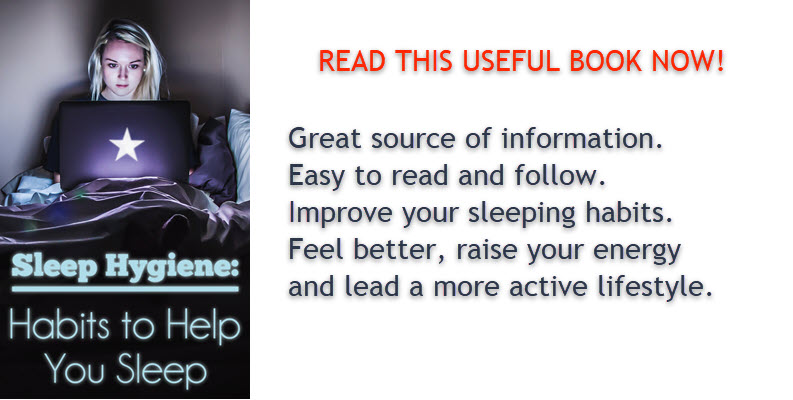 Follow Us
Follow Us





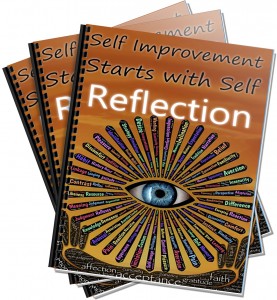





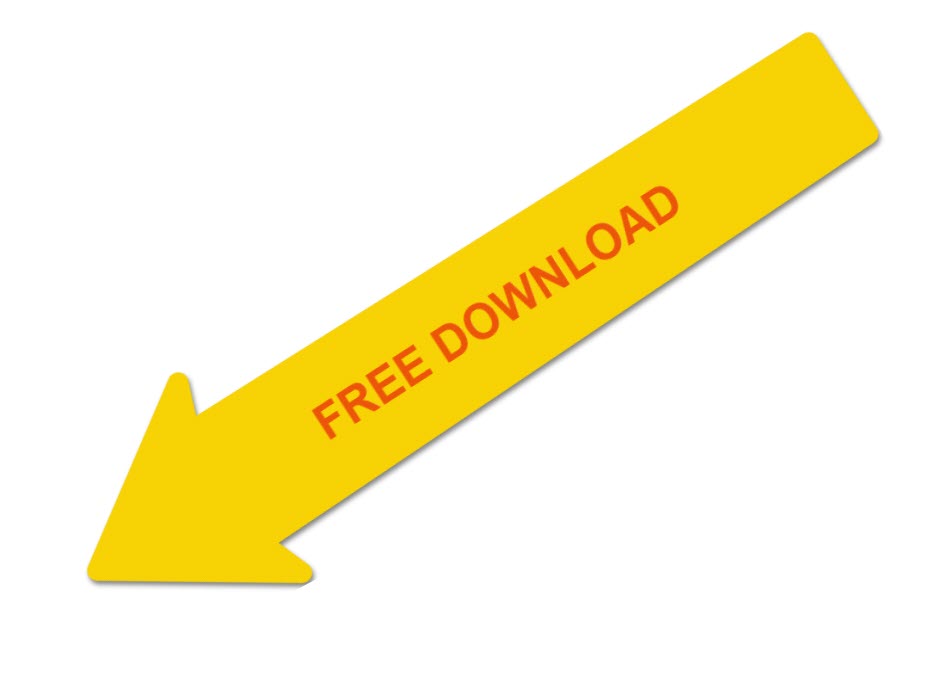


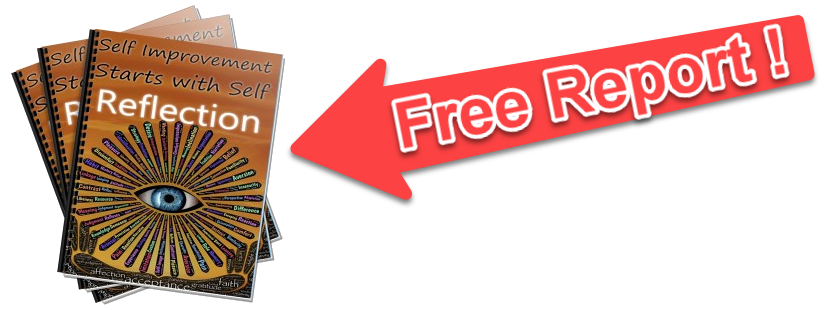

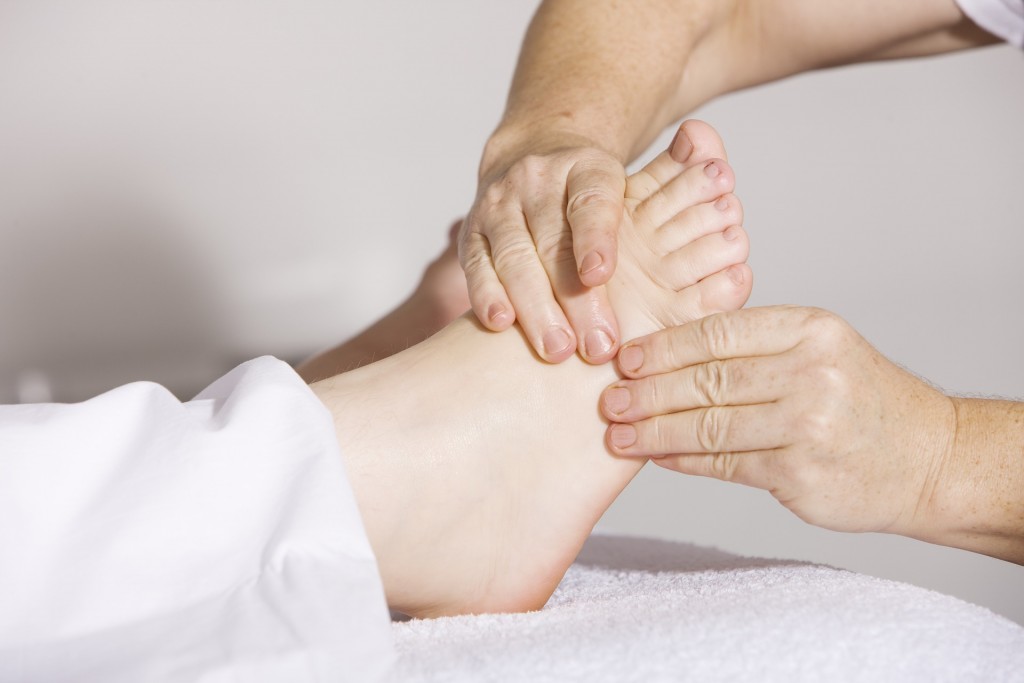

 Follow Us
Follow Us